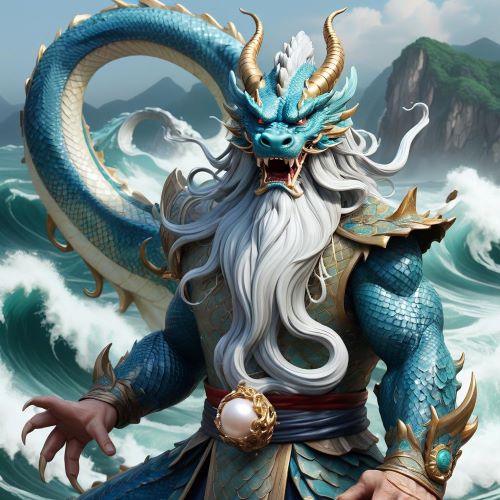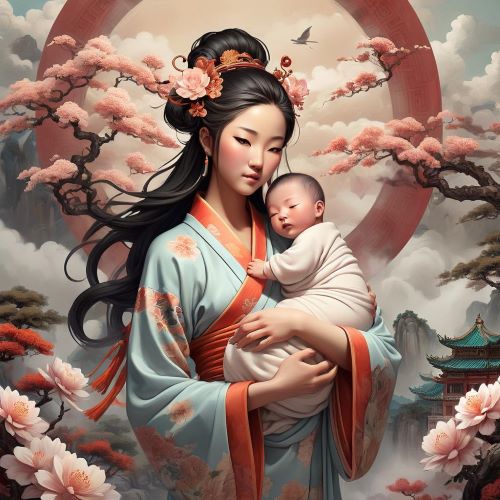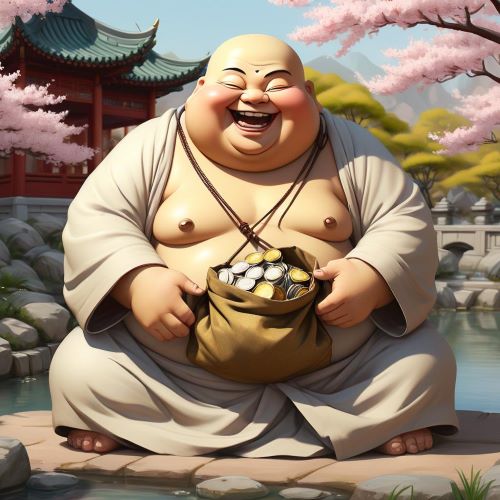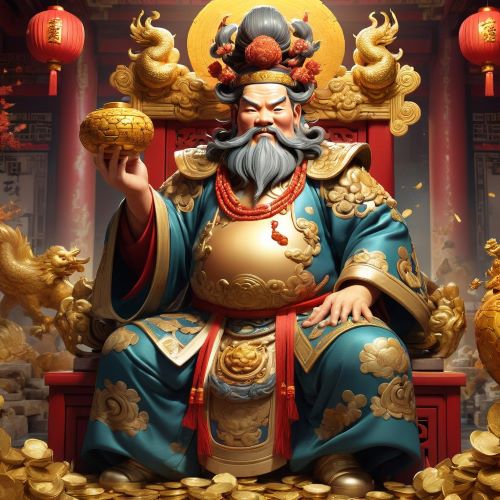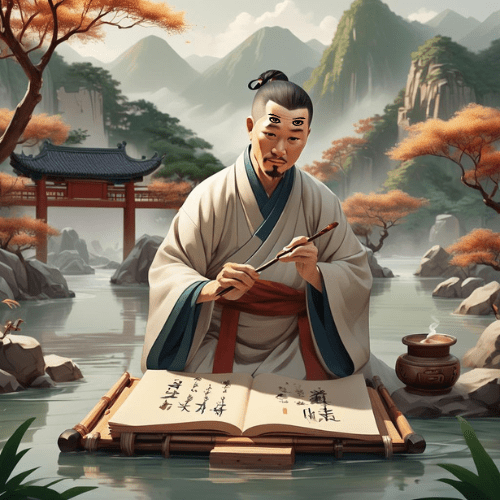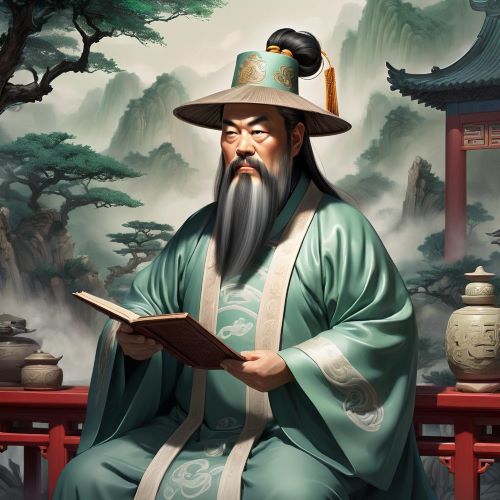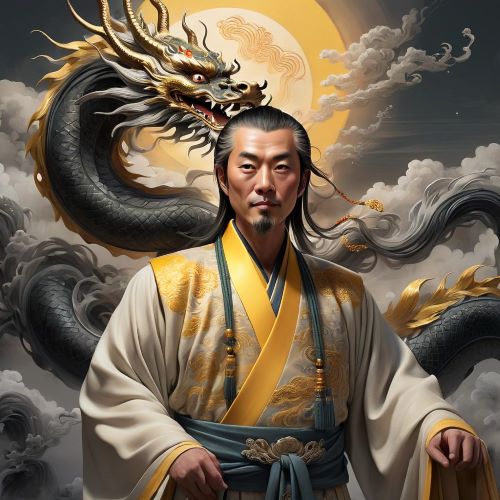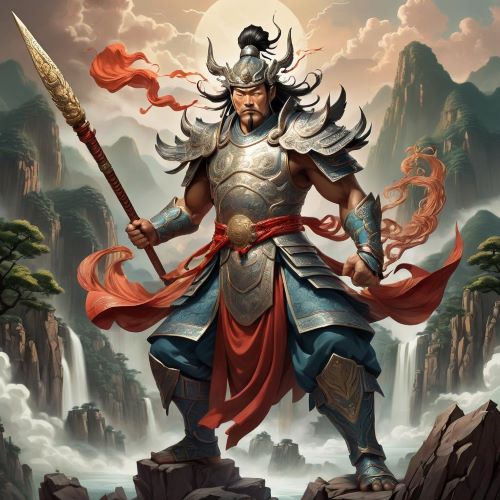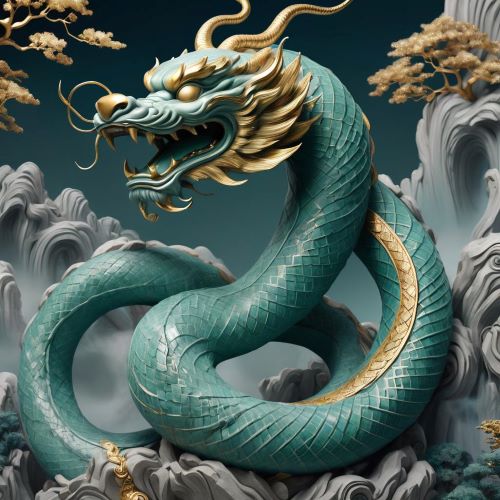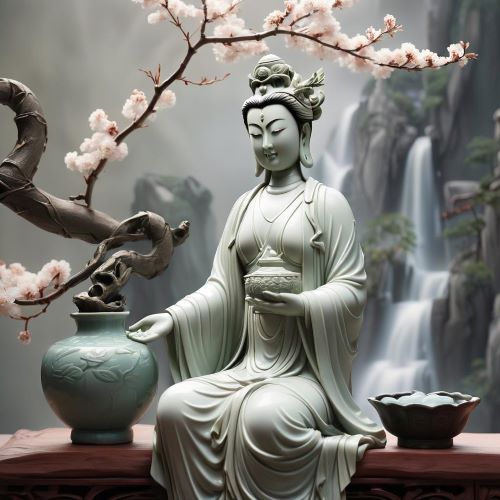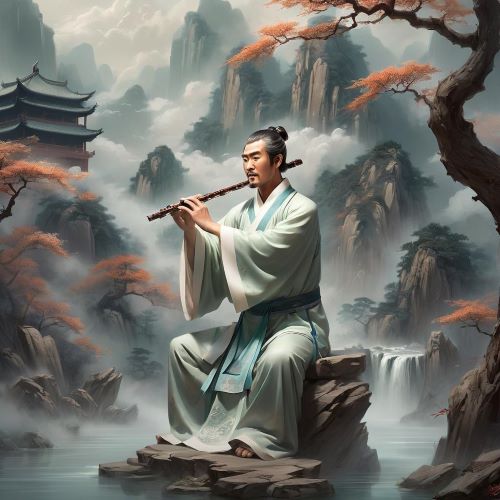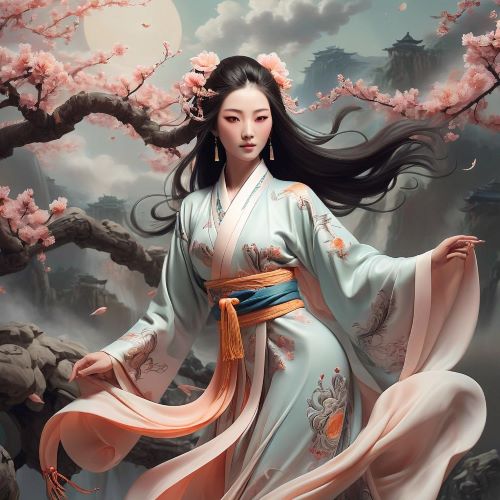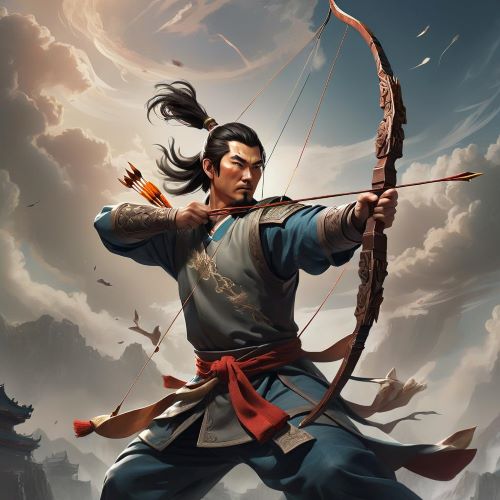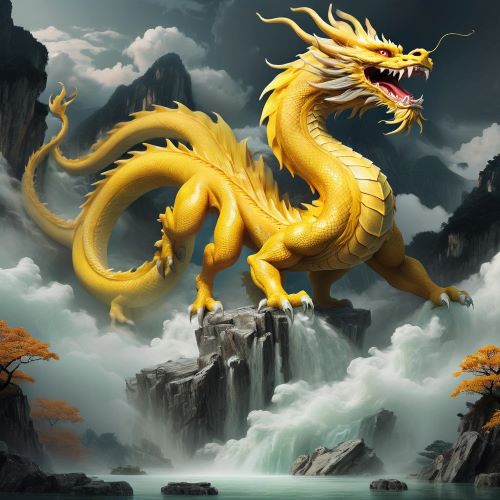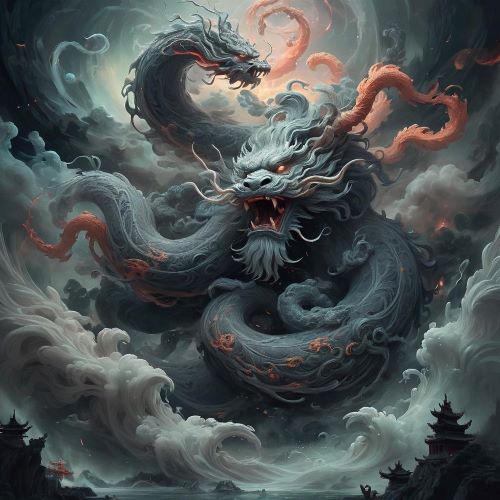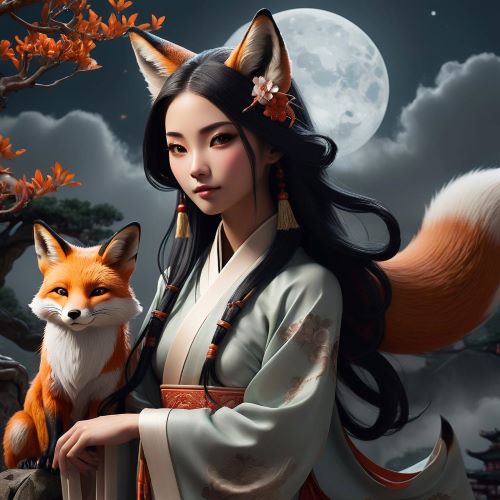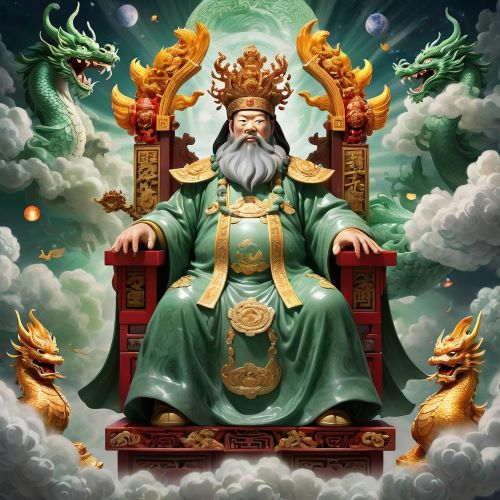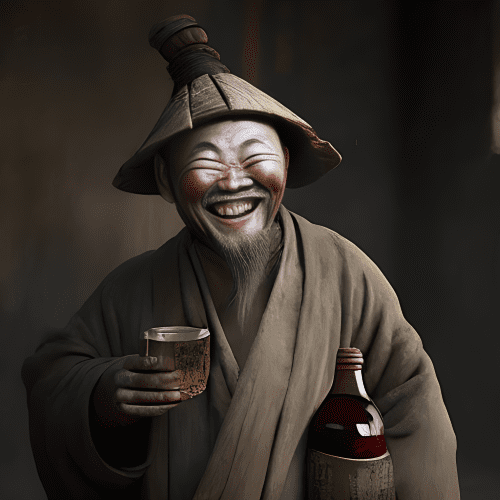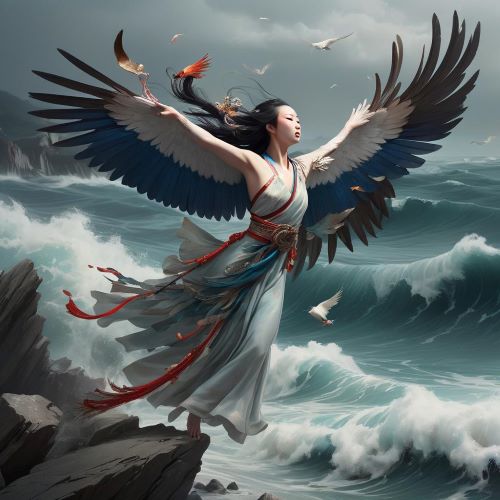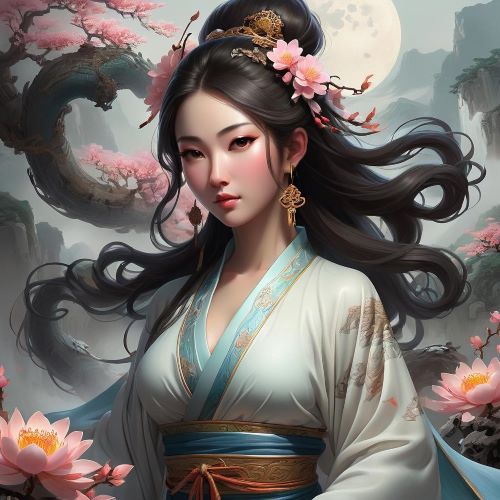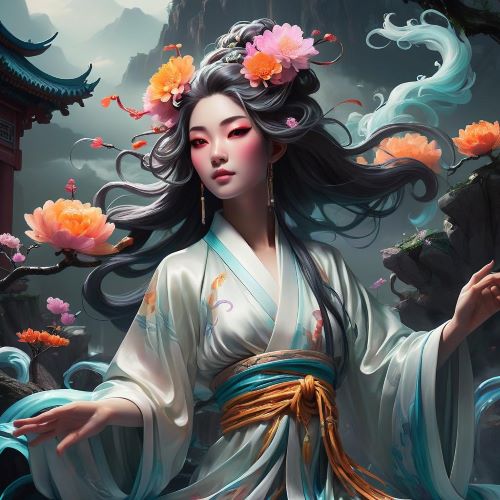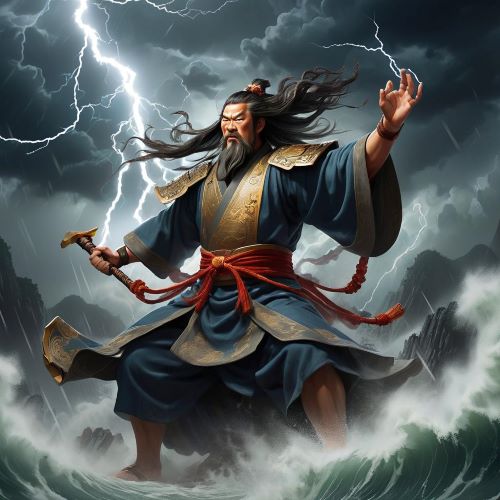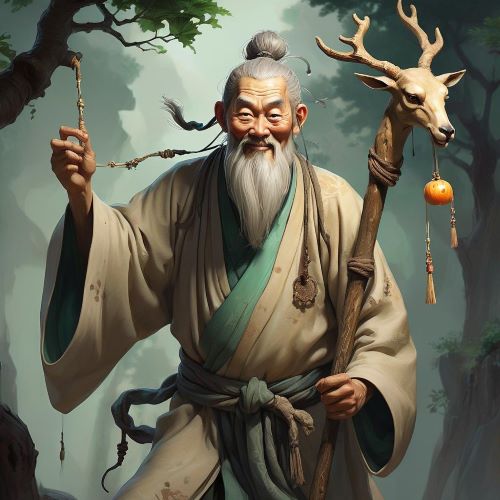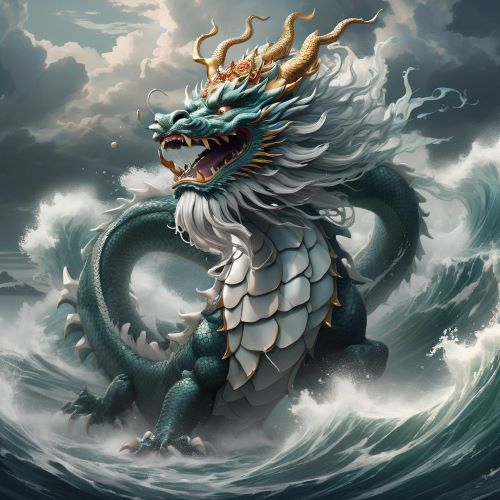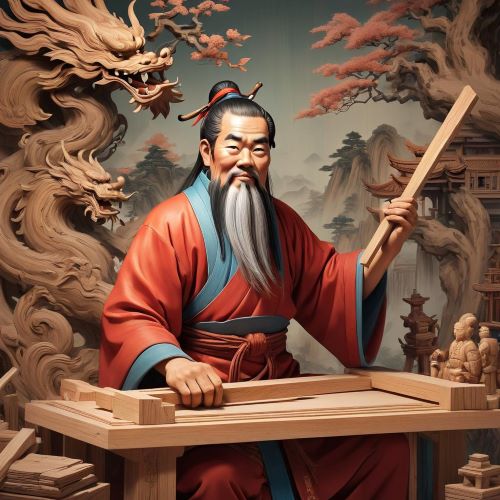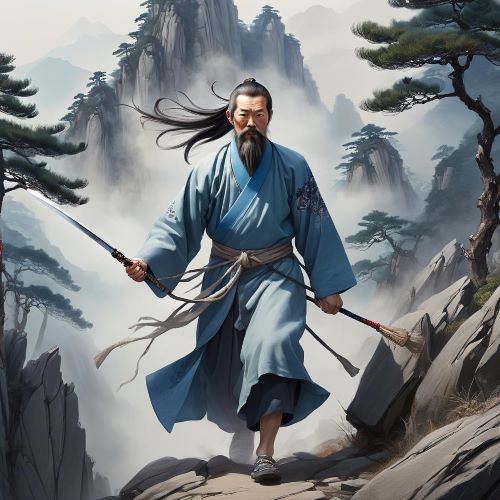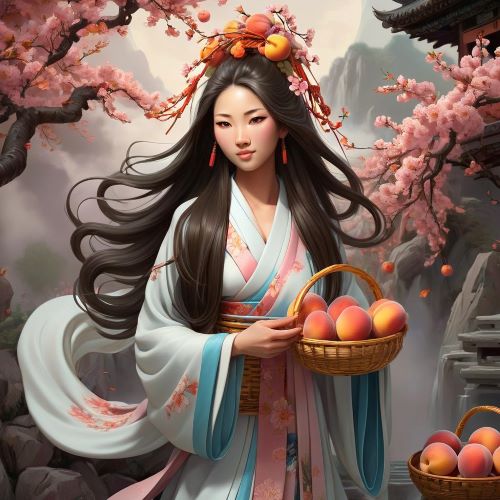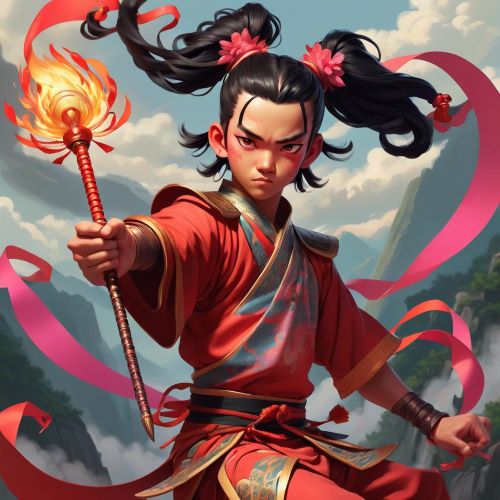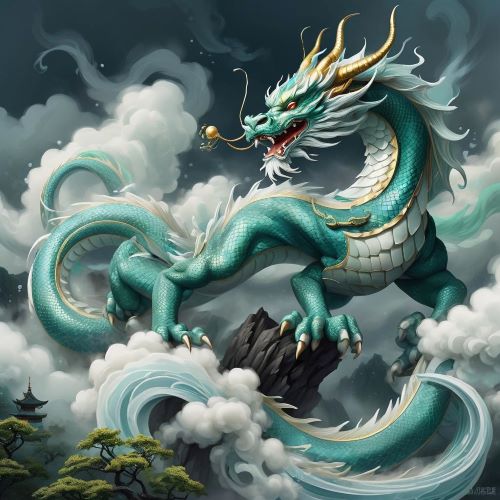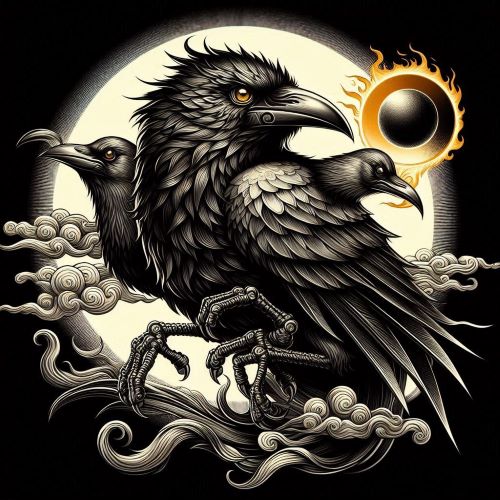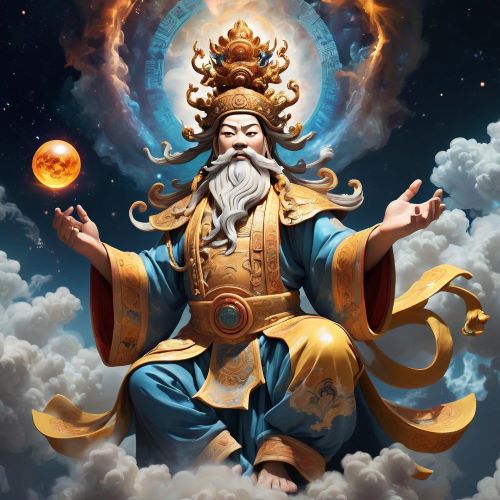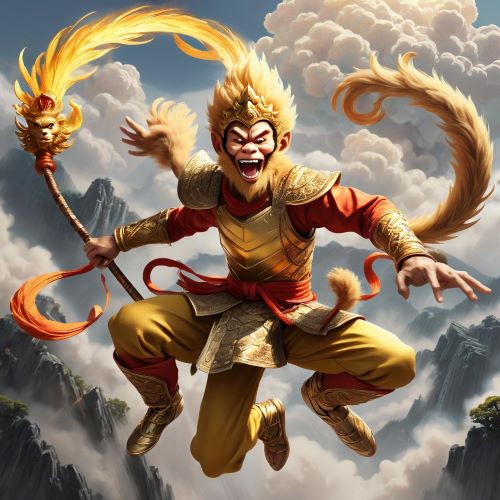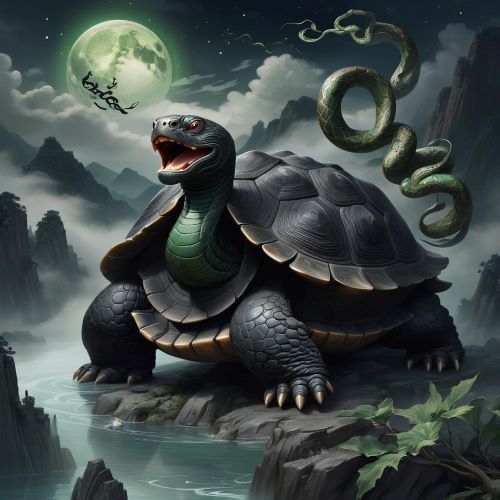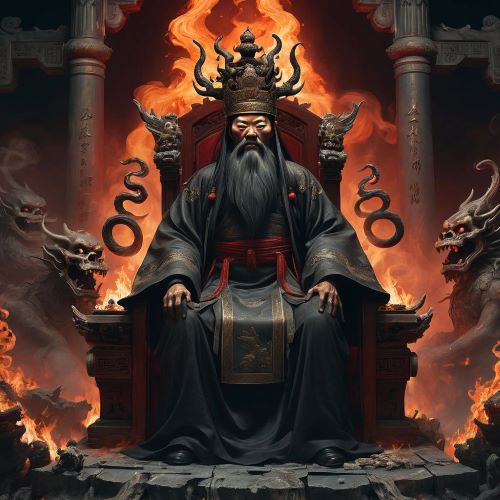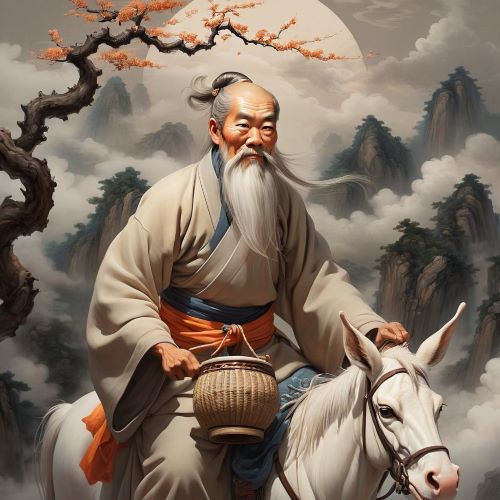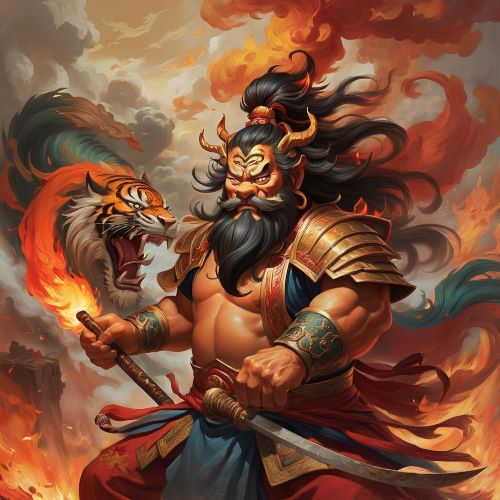Chinese Mythology
Chinese mythology is the mythology that is intrinsic to the region that is now known as modern China. These mythologies have been passed down from generation to generation in both oral and written form. Chinese mythology, similar to Indian mythology, is not monolithic and includes the traditions and cultural references from varied regions of China. Chinese mythology is encountered in the traditions of various classes of people, geographic regions, historical periods including the present, and from various ethnic groups. It comprises of traditions and stories of the many ethnic groups that are a part of China including the Han, Huaxia, Tibetan, Turkic, Korean, Mongolian and many others. For research and academic purposes, Chinese mythology is now restricted to the stories in the Chinese language.
Like many mythologies around the world, Chinese mythology has in the past been believed to be, at least in part, a factual recording of history by many sections of the society. Many characters and instances in the mythology tend to have a dual purpose, one is to glorify the basic essence of goodness and the greatness of the character and the other is to attribute a part of factual history into the myth. Some myths present a chronology of prehistoric times, many of these involve a hero who taught people how to build houses, or cook, or write, or was the ancestor of an ethnic group or dynastic family.
There has been an extensive interaction between Chinese mythology and ancient religions of the Chinese mainland like Confucianism, Taoism, and Buddhism. Sometimes mythological and religious ideas have become widespread across China’s many regions and diverse ethnic societies. It generally concerns moral issues and informs people about their culture and values.
The hardest thing of all is to find a black cat in a dark room, especially if there is no cat.

